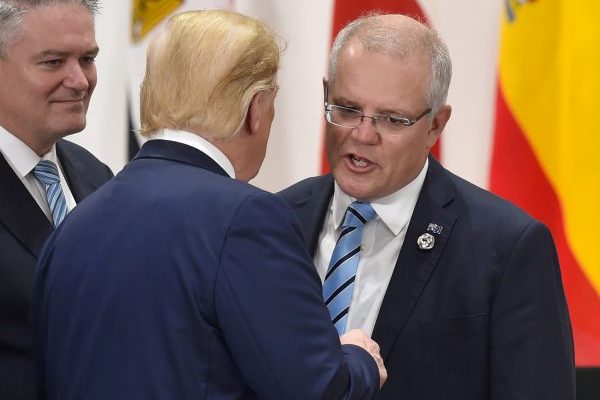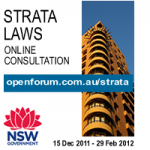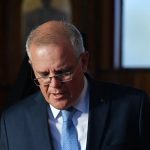The illusion of a ‘middle power moment’

To be a middle power requires a modest disbelief in power. These states take their medium-sized resources and direct them towards big objectives. This may be reactive, searching for self-preservation in the face of a hostile larger power. It might also be proactive, trying to shape institutions and norms to build a more hospitable environment.
Over the past few decades significant scholarly ink and political rhetoric have been expended on middle powers’ potential contribution to the maintenance and expansion of the international order. Speculation was particularly active in the early 2010s, with a ‘renaissance’ of academic theorising and a new organisation for middle-power states — MIKTA (named for the member states Mexico, Indonesia, South Korea, Turkey and Australia).
But as the new decade dawns middle-power potential remains wanting. With structural and domestic trends discouraging activism, middle-power norm entrepreneurs are moving from endangered status towards extinction.
Norm entrepreneurs seek new standards of appropriate behaviour. While anyone can simply call for states to change their behaviour, successful campaigns involve four elements. First, there is a need to frame the new approach desired, establishing for it a persuasive rhetorical jacket. If this description can be tied to existing community notions — expanding liberty or supporting justice, for example — so much the better.
Norm entrepreneurs then need to apply resources, establishing an organisational platform for their actions. This may mean a new bureaucratic organisation or multilateral institution. Third, there needs to be a strategy for socialisation, which targets rhetoric and resources that help convert key actors and spread the norm.
Finally, the norm entrepreneur needs to be willing to sustain criticism and endure. Changing standards of behaviour necessarily undermine established positions and norm changes can take many years to achieve.
The prototypical example of this kind of behaviour by a middle power was Australia from the late 1980s to the early 2000s. While involved in numerous campaigns, Canberra’s most notable efforts sought to liberalise trade, secure the non-proliferation of weapons of mass destruction and establish cooperation on irregular migration.
In the latter case, Australia embodied the sense of originality implied by the entrepreneur label. In the former two cases, it simply brought new energy to help spread and strengthen existing norms.
By the early 2000s the middle-power label was freed of its Western origins and increasingly applied to countries such as South Korea, Indonesia, Turkey, Mexico and South Africa. South Korea particularly wrapped itself in middle-power icons and language by beginning campaigns on the environment and development.
The high point came in 2013 when MIKTA was formed as a G20 offshoot. In a joint op-ed, the five foreign ministers of MIKTA announced their ‘common interest in strengthening multilateralism, supporting global efforts for stability and prosperity, [and] facilitating pragmatic and creative solutions to regional and global challenges’.
On the academic side these years also saw hope for a ‘middle power moment’. The global structural transition was welcomed for opening spaces for these countries to shape international politics. Most of this research came from scholars based in a middle power who wanted their country to adopt a more stereotypically middle-power approach — that is, liberal and cosmopolitan. They also sought to address wider problems, from the US–China relationship to climate change and global poverty.
As we survey the arrival of the 2020s it is clear such hopes were misplaced. The middle-power moment never arrived. Many middle-power states are now shifting to a more reactive search for security. This does not mean they will not occasionally try and promote norms, but the idealistic tone of the 2010s is out of place with the world we are now entering.
There are several reasons for this downturn. Structurally, the global order has become less hospitable to influence from the middle. Australia’s 20th-century norm entrepreneur efforts were indulged by a benign hegemon in the United States which did not see negotiations in stark zero-sum terms.
Other great powers, such as China and India, as well as institutions like the United Nations, the European Union or ASEAN, have also proven unwilling or cumbersome sponsors for middle powers to work through. This places most of the resource demands for initiating and driving normative change back on middle powers themselves.
There were also domestic shifts that made norm entrepreneurship harder. Australia is on to its sixth prime minister since 2010, Turkey’s President Erdogan fought off a claimed coup attempt in 2016 and South Korea had to jail a president in 2018.
Alongside economic, technological and environmental disruption, these challenges have reduced the appeal of international normative initiatives which offer few, if any, direct rewards to local voters.
Finally, there is an ideational shortfall. At the end of the Cold War, Australia was optimistic that its brand of liberal democratic capitalism represented the way of the future. In the early 2000s, many outside the West hoped new — and exportable — forms of government beyond the ‘Washington consensus’ could be developed. Both dreams have fallen short.
Without clear and compelling ideas, it is hard to justify building expensive organisational platforms or risking serious criticism to promote change among your neighbours.
Middle powers will continue to be interested in the norms of their regions and how they can proactively influence them to seek peace and prosperity. Yet the bar for genuine norm entrepreneurship, which was only barely approachable at the end of the 20th-century, seems to be moving steadily out of reach in the 21st.
Instead, we are likely to see middle powers being more reactive in their approach, with shorter time horizons and more transactional practices. Power can be doubted, but not forever.
A longer version of this article appears in the most recent edition of East Asia Forum Quarterly, ‘Middle Power Game’, Vol. 12 No. 1. It was published by the East Asia Forum.
Andrew Carr is a Senior Lecturer in the Strategic and Defence Studies Centre at the Australian National University. His research focuses on strategy, middle powers and Australian defence policy and his books are published by Oxford University Press and Georgetown University Press.












